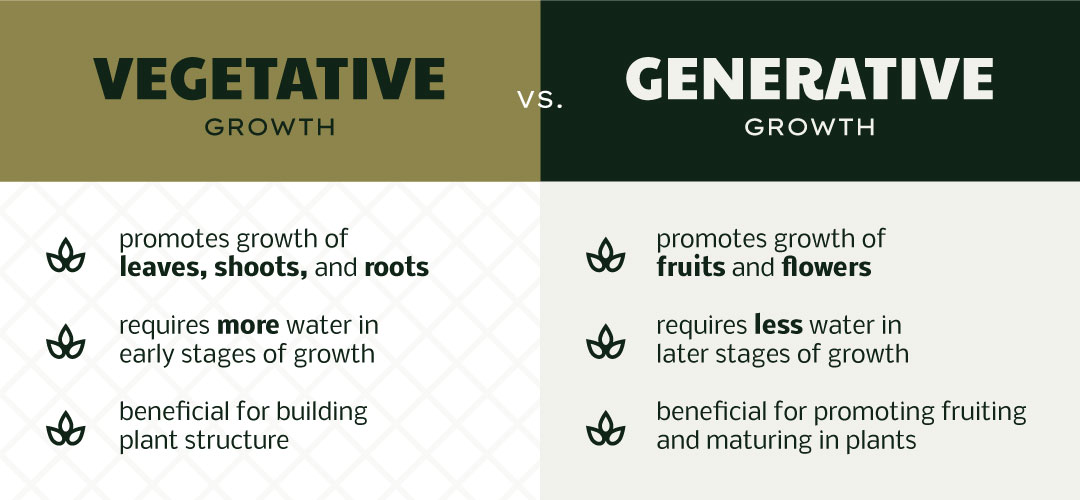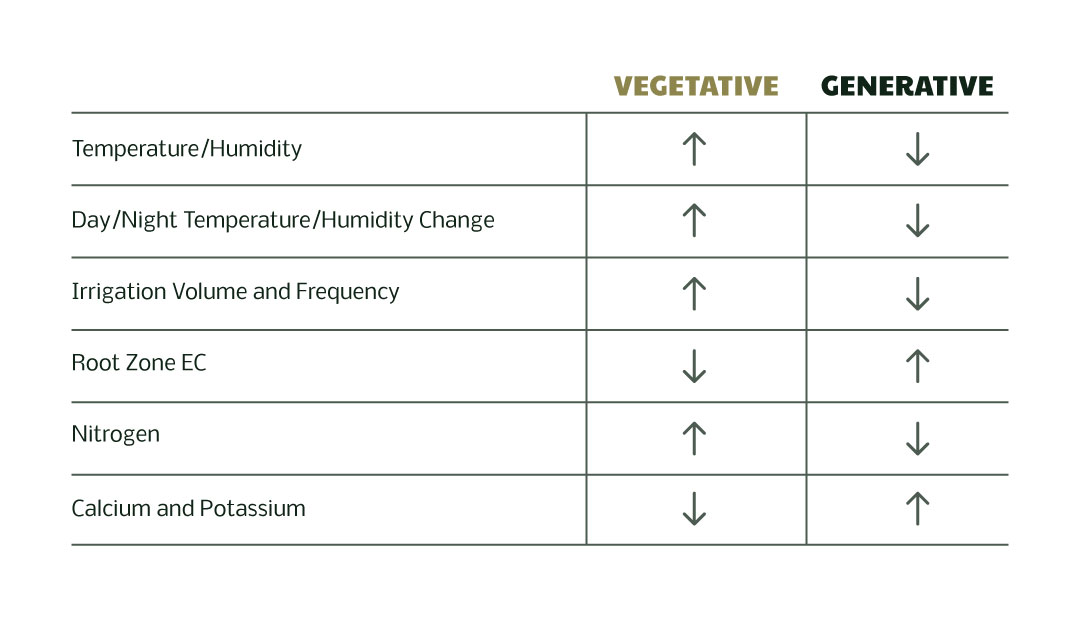The celebrated naturalist John Muir once wrote “When we try to pick out anything by itself, we find it hitched to everything else in the Universe.” This is a useful thought for cultivators to keep in mind while optimizing for their grow or solving issues with their crops.
Many growers use a reductionist approach in their garden, trying to pinpoint a single nutrient or light wavelength to change. We find that in plant biology everything truly is hitched together, and as we dig deeper, we find that everything is hitched together with water.
Water is the basis of everything in cultivation; from plant nutrition, growth and development to environmental controls. An understanding of how water moves through plants and how this movement is influenced by the environment is fundamental to a more holistic and nuanced perspective from which to approach cultivation. When troubleshooting any part of cultivation, water should never be overlooked since each part is inexorably hitched to the wet stuff.
Water Properties & Their Impact on Cultivation
The properties of water, such as its polarity, specific heat, and its ability to dissolve other substances make it uniquely well suited to support life. These properties are vital to consider when designing, managing, or troubleshooting a cultivation system. Water is a polar molecule, meaning it has both a negatively and positively charged side, like a magnet. It can dissolve more substances than any other liquid, earning it the moniker “The Universal Solvent”.
Polarity also explains the movement of water through media and soil. Media and soil contain pores of various sizes. With this in mind, the proportion of small and large pores dictates the ratio of air (large pores) to water (small pores) after a growing medium is drained.
The level of oxygen in soil and water is particularly important for a hungry crop like cannabis. A recent study has shown that media with more drainage, and thus more oxygen, produced plants that yielded more dry flower and cannabinoids.
Manage transpiration to drive plant growth
Movement of water through plants creates a sort of conveyor belt to transport nutrients and energy throughout the plant. This pulling action begins when water in a leaf is warmed by light from the sun or grow lights causing water within the leaf to exit as water vapor. This action of water vapor leaving leaves is called transpiration.
Transpiration serves two important functions: cooling the leaf by diffusing light energy into the conversion of liquid water to vapor and driving the overall movement of water through the plant. As this happens, more liquid water from deeper in the leaves move closer to the stomata to fill in the empty space, and, in turn, those water molecules pull more water from the xylem causing a chain reaction which ultimately pulls water from soil into plant roots.
This movement of water through plants is tied to the moisture in the environment and soil. In dry conditions, not enough water is pulled up through the stem to keep pace with transpiration leading to drought stress. On the other hand, excess water can be just as detrimental. Oxygen is essential for roots to grow and function and too much water means the soil and roots will suffocate. A waterlogged environment also promotes the proliferation of various plant pathogens and pests.
Irrigation strategies have long been used as a no-cost method of controlling crop growth and development. For example, shifting certain growing parameters one way or the other would promote either vegetative (leaves, shoots, roots) or generative (fruits and flowers) growth. It is now common practice to adjust irrigation strategies to drive vegetative growth to build plant structure, and gradually shift to a generative irrigation strategy to promote fruiting and maturing.


Focus on Water Chemistry over fertilizer brand
There are 18 nutrient elements required by plants and most of them are absorbed as charged particles called ions. In the absence of water, most essential nutrients exist as salts; a solid combination of cations and anions joined together by their complimentary charges. As the “Universal Solvent” the polarity of water molecules overcome the charge between the ions in a salt, dissolving it and putting the ions in solution. This soil solution consisting of water, dissolved salts, and organic compounds is what plant roots absorb.
In other words, this disproves the belief that different fertilizer brands make superior or inferior nutrient solutions. The nutrients are more or less the same in all fertilizers. Because all mineral nutrients are absorbed in the same ionic forms, there is not much room for variation in fertilizers beyond ratios of the nutrients. The discernable difference between most fertilizers is the ratios of essential nutrients.
It’s more important to focus on the chemistry of water and how it influences nutrient availability. For example, the pH must be maintained within a specific range depending on the growing medium. It’s also important to look at the ratio of the nutrients. Plant nutrients have complex synergistic or antagonistic effects on other nutrients, so the overall chemical balance of irrigation water is very important to plant nutrition.
Key Takeaways
Water drives all of the important processes in cultivation from fertilizers to cloning. We hope this brief overview gives you a decent understanding of the mechanics of how water moves in the rootzone, plant and atmosphere, and how it moves all the materials plants need. These complex interactions require a holistic approach to crop management.
To deliver the essential nutrients and water to your plants and precisely inject fertilizer at a desired rate, irrigation and fertigation are key. However, mixing fertilizer and watering by hand often leads to human error and greater risk. Since it’s important for your commercial cultivation facility to achieve consistent results, the last thing you want to cut corners on is installation of irrigation and fertigation systems.
Building out a proper fertigation and irrigation system is an important step in scaling up cultivation. You can deal with suppliers directly, but not knowing exactly what you’re looking for will end up costing you money and efficiency down the road. RMJ Supply offers Sourcing & Integration solutions to help you scale your facility with state-of-the-art irrigation systems.
Want to dive deeper into the plant/water relations and its impact on cannabis cultivation?
